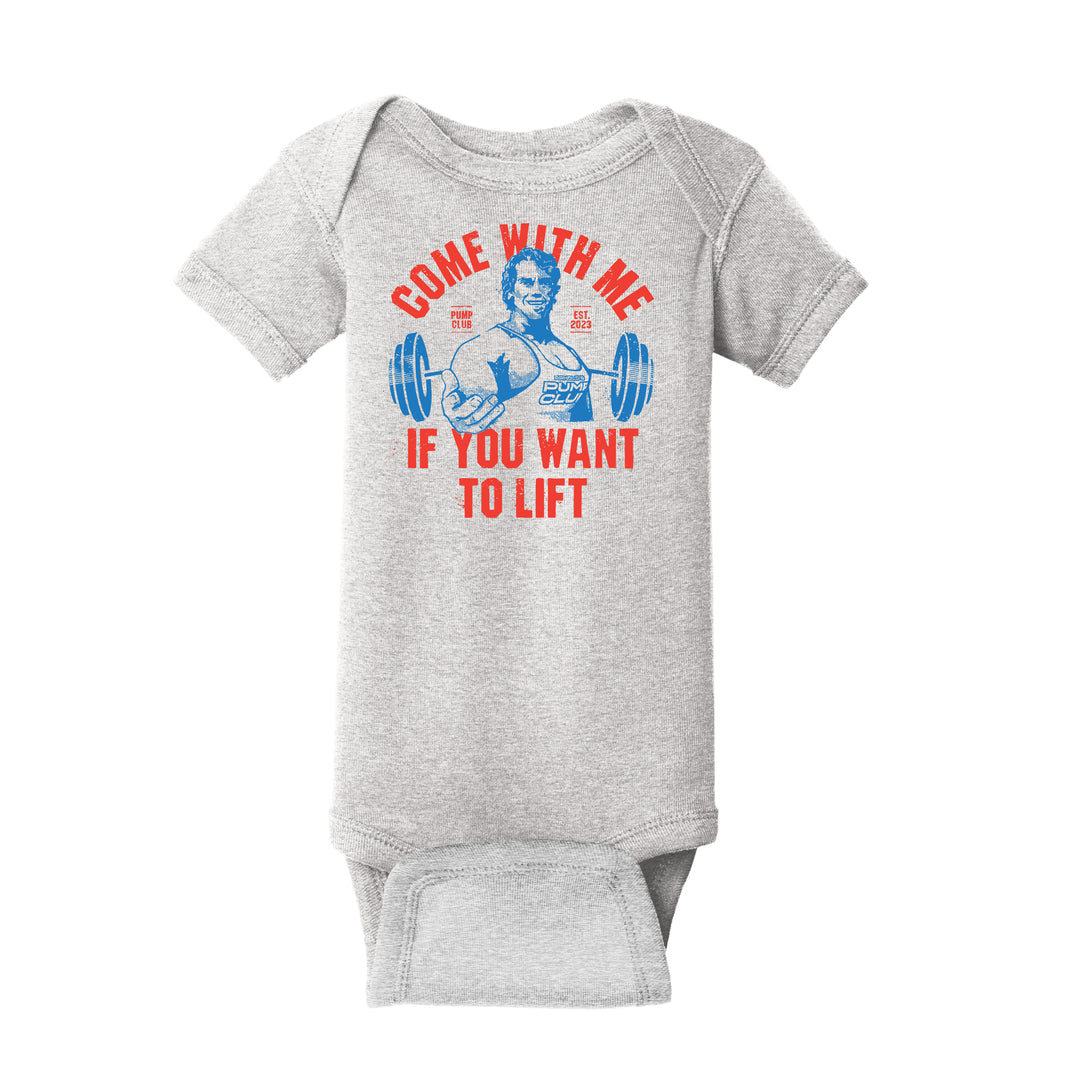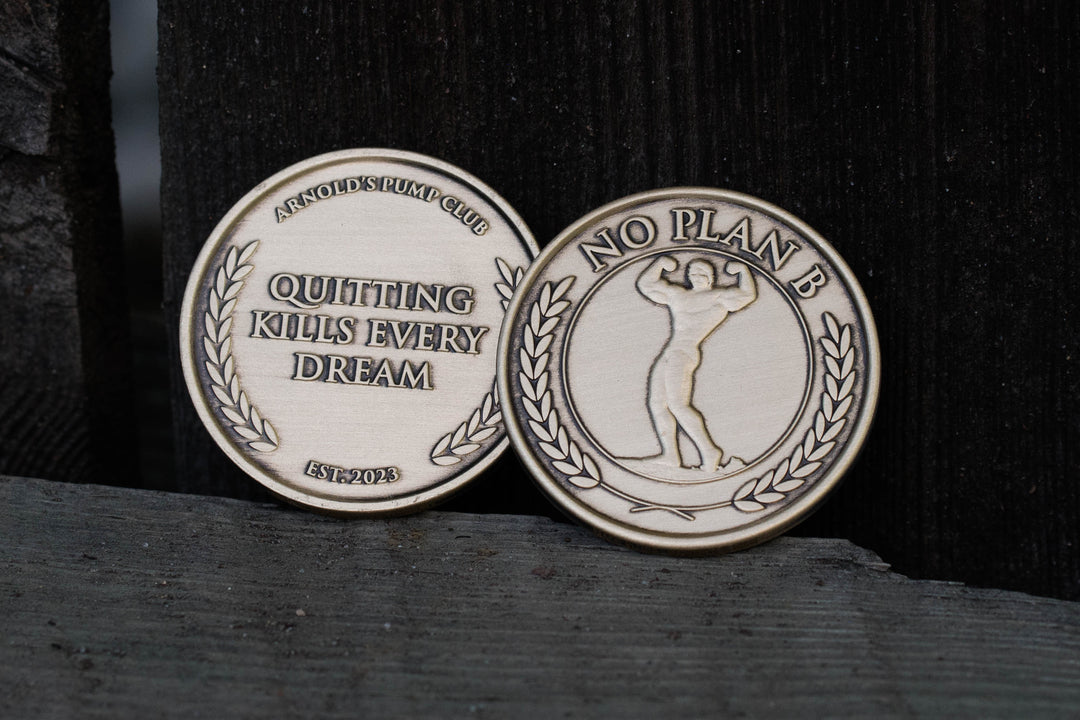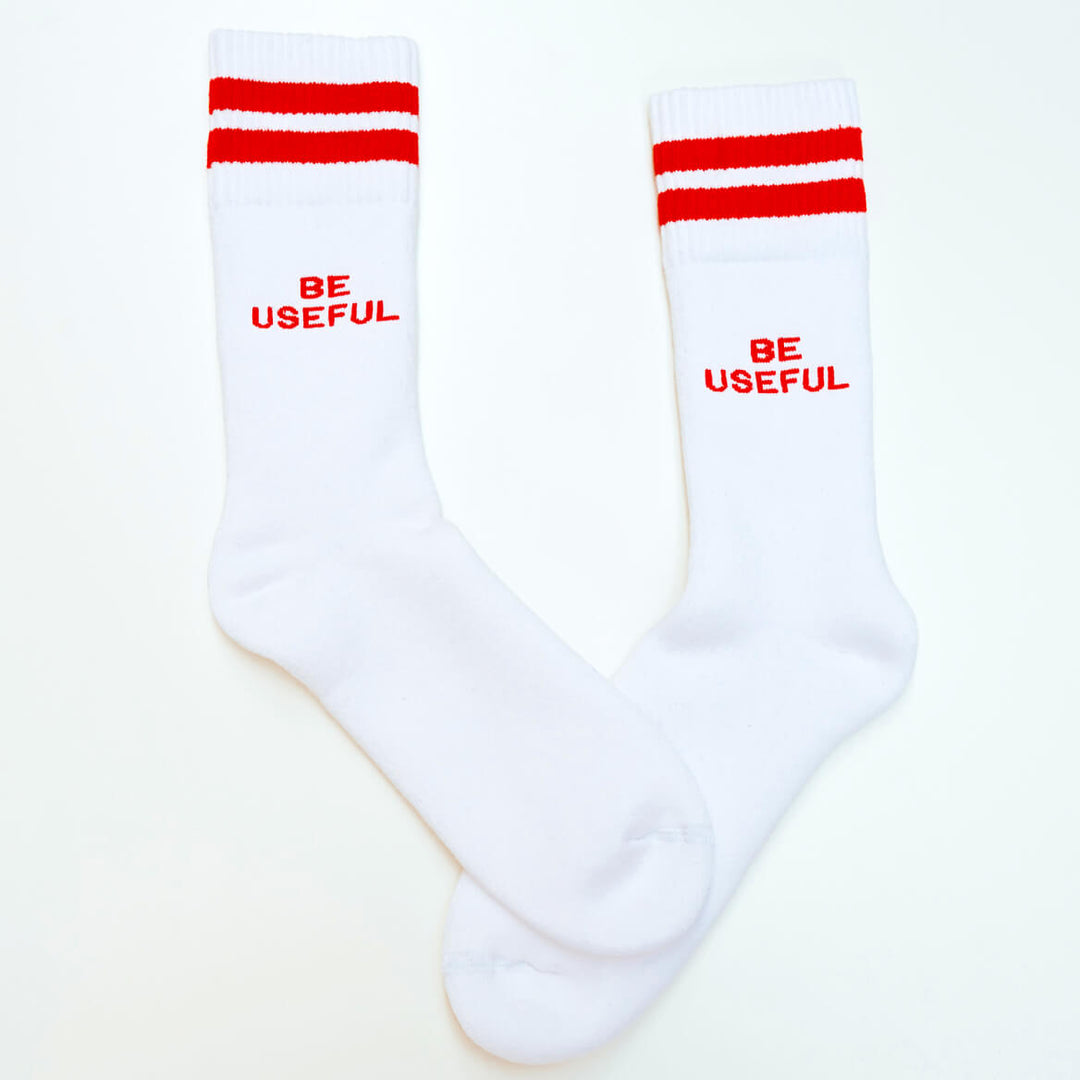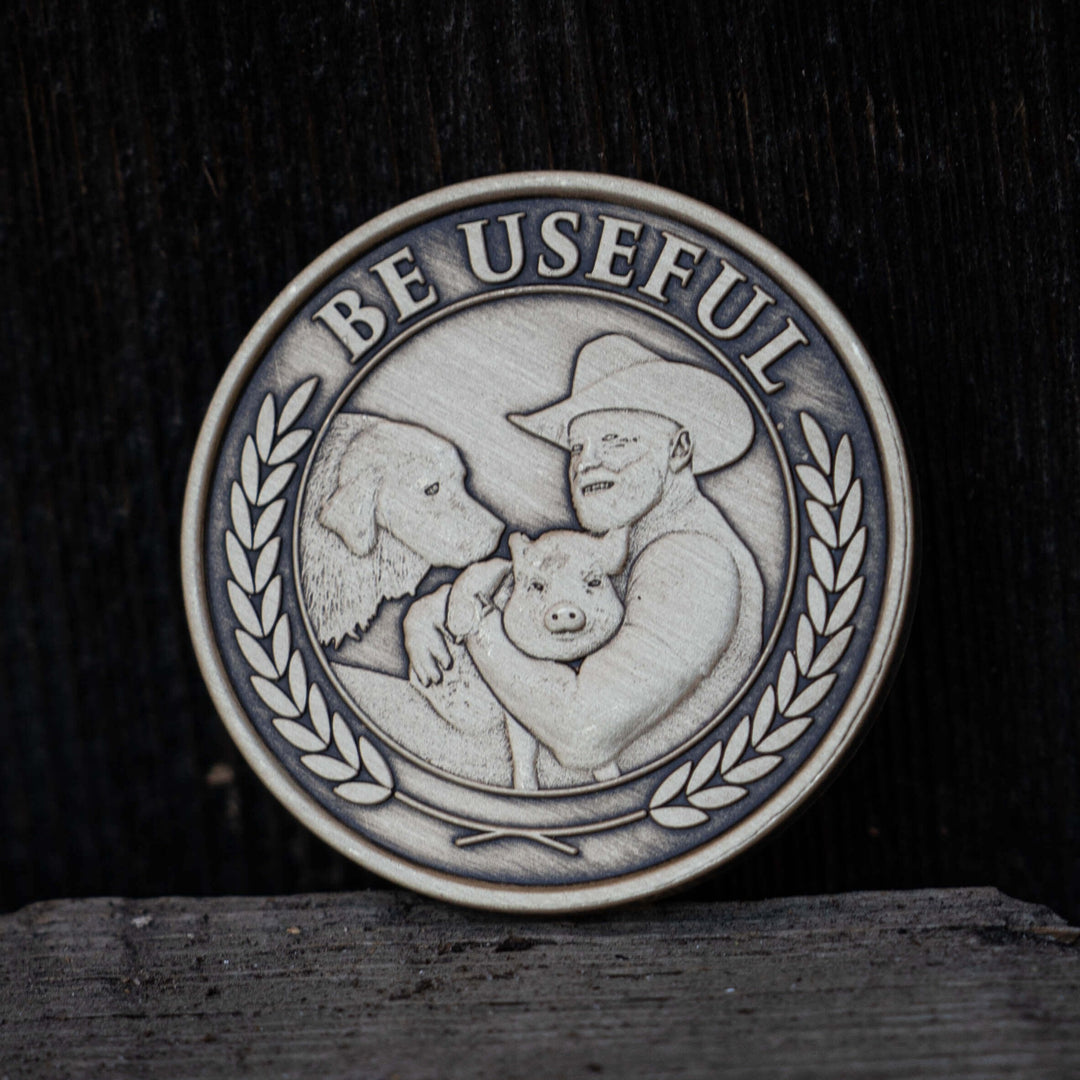Welcome to the positive corner of the internet. Here’s a daily digest designed to make you healthier in less than 5 minutes. If you were forwarded this message, you can get the free daily email here.
Today’s Health Upgrade
Puff, puff, pass?
Rethinking creatine and brain health
Walk this way (to fight diabetes)
Arnold’s Podcast
Want more stories from Arnold? Every day, Arnold’s Pump Club Podcast opens with a story, perspective, and wisdom from Arnold that you won’t find in the newsletter. And, you’ll hear a recap of the day’s items. You can subscribe on Apple, Spotify, Google, or wherever you listen to podcasts.
Puff, Puff, Pass?
There are a few scientifically-backed reasons you might want to use cannabis (or CBD) for health-related benefits. But — despite popular opinion — cannabis might be an overrated method for pain relief.
Researchers analyzed 20 studies, including more than 1,500 people, to determine if cannabis — including THC, CBD, and synthetic cannabis (such as nabilone) — can treat clinical levels of pain, including nerve pain, neuropathy, and even multiple sclerosis. The main finding was that a placebo provided just as much relief as the herb.
Now, that’s not to say that there was no benefit. The researchers found that the placebo group and the cannabis group both experienced a reduction in pain but that neither was more significant than the other.
Unlike many observational studies, this review consisted of randomized controlled trials designed to determine cause and effect. The scientists also compared different types of use, including pills, sprays, oils, and smoking. (The placebos were masked to look, smell, and taste like the real thing). The outcome was similar to a 2021 study that also found that it didn’t improve pain relief compared to placebo.
It’s possible that the placebo effect — or expectation that cannabis would help — offers pain-reducing benefits rather than the cannabis causing physiological changes that make you feel better.
Rethinking Creatine and Brain Health
If you take creatine for your brain health — or have considered using it — you’ll want to listen up. Research suggests that you might be under-dosing creatine if you use it to improve your cognition.
For strength, muscle gain, power, and even fat loss, 3 to 5 grams per day appears to be the sweet spot for results. But, new research continues to focus on how different dosages offer additional benefits.
If you want to use creatine to strengthen your brain, you likely need to take more. Your brain requires approximately 20 percent of your total energy to help you function. This is why creatine is interesting for cognitive benefits; it helps supply fuel to help you function your best. Several studies suggest creatine aids in working memory, intelligence, and reaction time, and some preliminary research suggests it could help fight against depression, concussion, and traumatic brain injuries, as well as neurodegenerative diseases like Parkinson’s or Alzheimer’s.
However, if you want the creatine to protect your brain and offer potential cognitive benefits, you likely need to consume 10 to 20 grams per day. Research suggests this amount is safe for your kidneys, liver, and overall health (even after years of daily use, assuming you don’t have a pre-existing kidney condition). But, when taking higher amounts, it can cause some GI distress (as well as cost more money).
More importantly, your age might be the real determinant of how much creatine can support your brain. New research found that 20-year-olds didn’t see much benefit from taking up to 20 grams per day, whereas other studies have found benefits at similar amounts for those older than 40, with increasing benefits for those in their 50s, 60s, and 70s. If you’re looking for a Pump Club-approved creatine, we like this option from Momentous.
Walk This Way (To Fight Diabetes)
It’s good to slow down and enjoy life. But, according to new research, occasionally picking up the pace when you walk could provide significant protection against type-2 diabetes.
Scientists reviewed ten different studies that assessed participants’ health over an average of eight years. They found that people who walked at the fastest pace — approximately 4 miles per hour (or 6.4 km/hr) — saw a 39 percent reduction in type 2 diabetes.
That’s a quick pace for some, but there's still good news even if you can’t move that fast. The scientists found protection at almost every pace. Those who walked at the slowest pace (about 2 miles per hour) were still 15 percent less likely to develop type-2 diabetes. And if you can move at a brisk pace (3 miles or 4.8 kilometers per hour), you see a 25 percent reduction.
The results may be influenced by someone’s overall health, not the walking itself. The research was an association study that didn’t measure direct cause and effect. In other words, healthier people might be able to walk faster; therefore, it could be that walking itself is not the only reason for the protective benefits.
Even if the boost isn’t as significant as what the scientists found, enough research points to the many ways walking can not only improve your overall health but also contribute to the management of blood sugar and insulin and support weight loss — each of which lowers the likelihood of type 2 diabetes.
About 1 in 3 people have pre-diabetes, meaning they are at a high risk of developing type-2 diabetes, but you can reverse your course. If walking helps contribute to losing 5 to 7 percent of your body weight (about 10 to 14 pounds for someone who weighs 200 pounds), research suggests you can reduce your risk of type-2 diabetes by nearly 60 percent.
—
Publisher: Arnold Schwarzenegger
Editors-in-chief: Adam Bornstein and Daniel Ketchell
































































